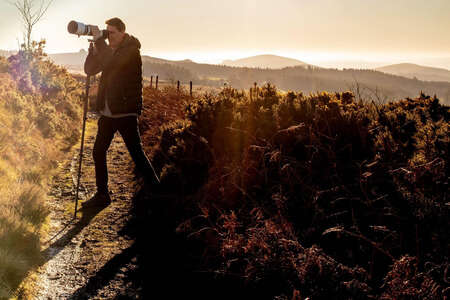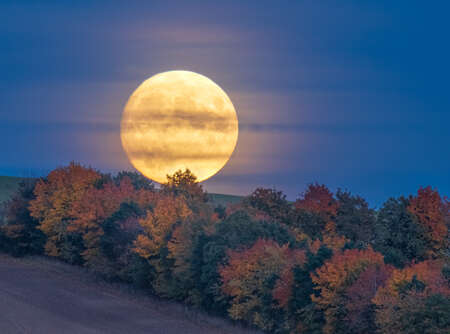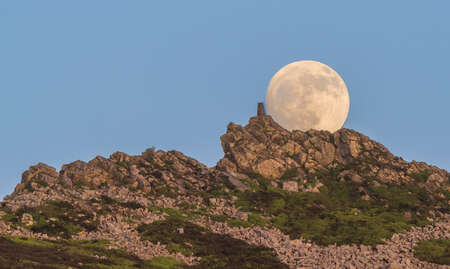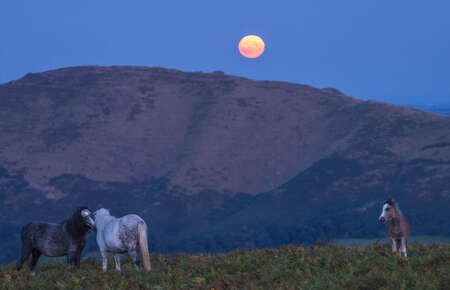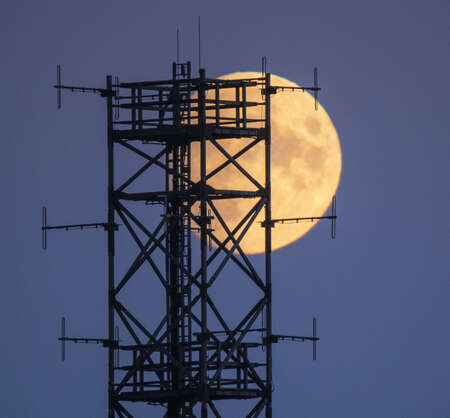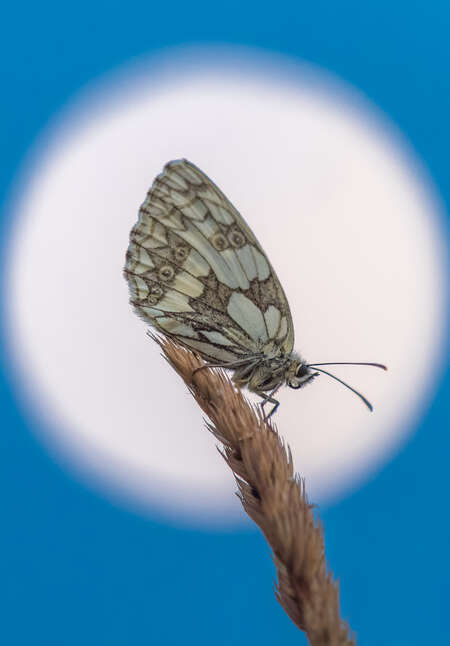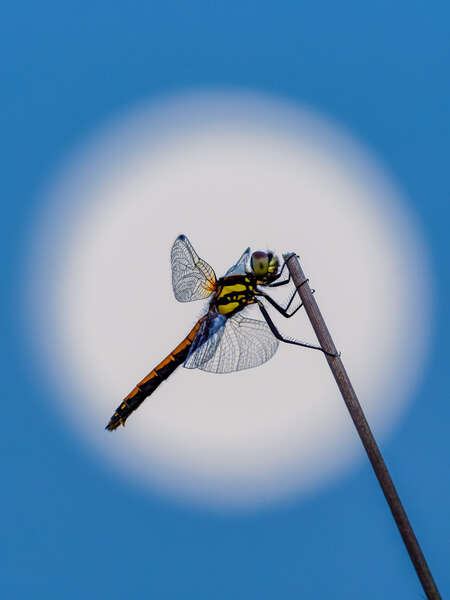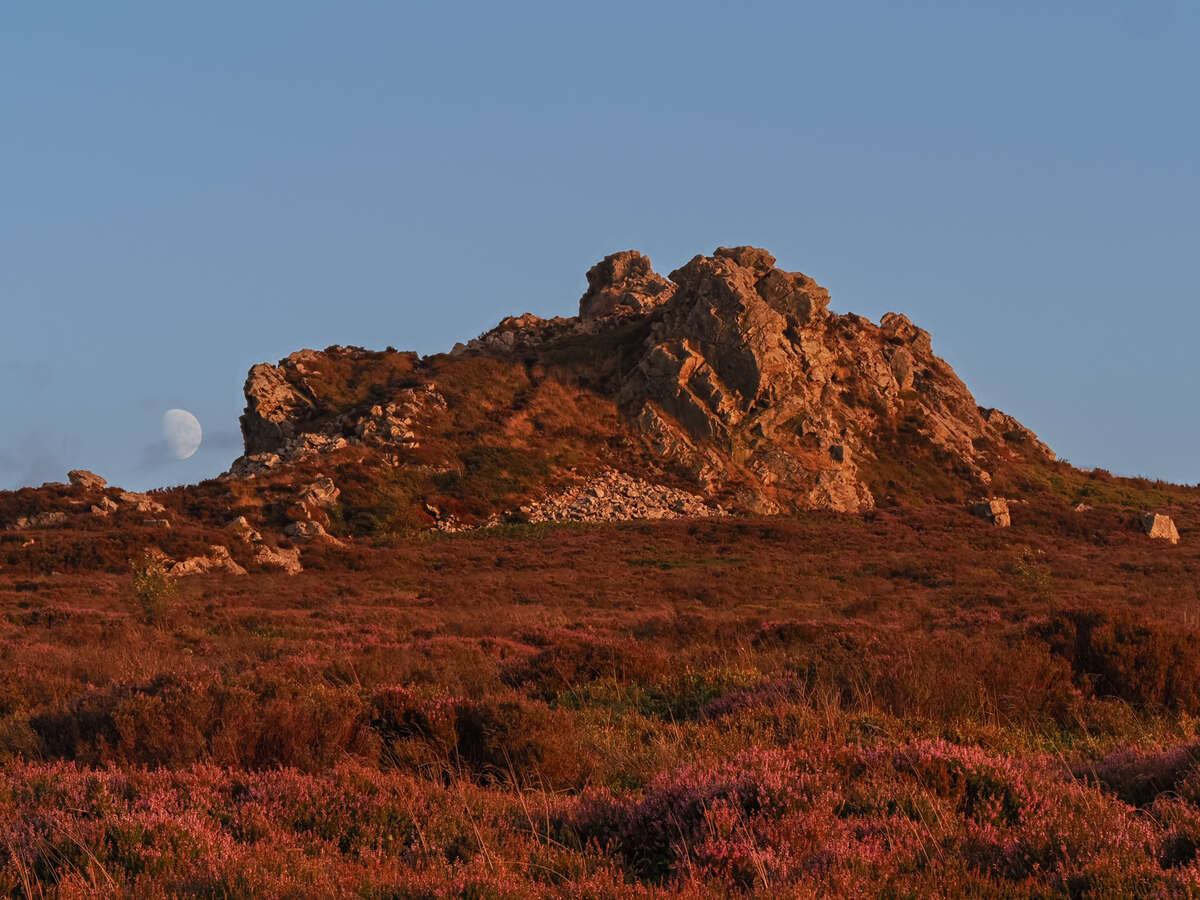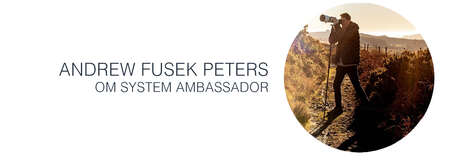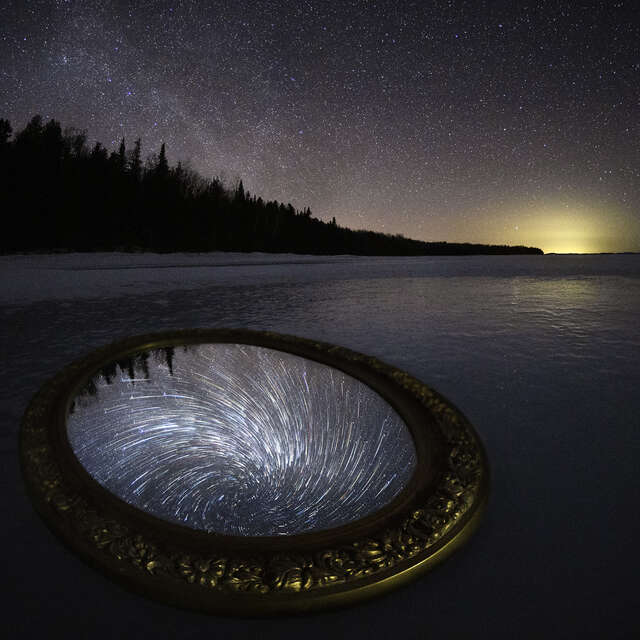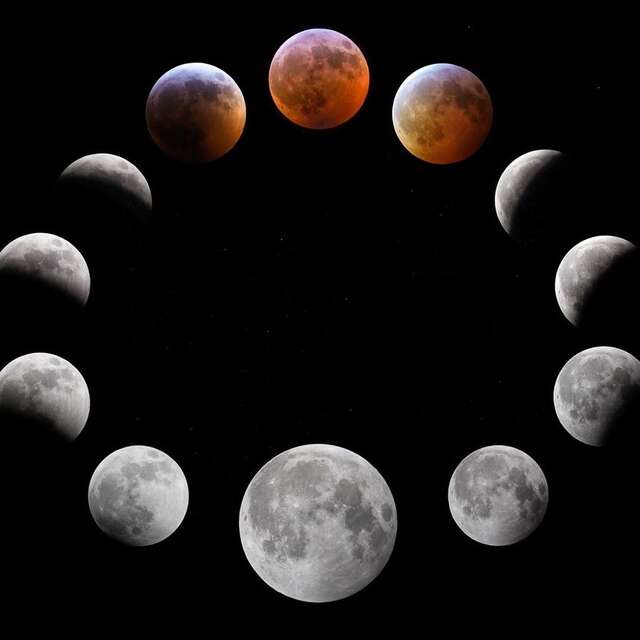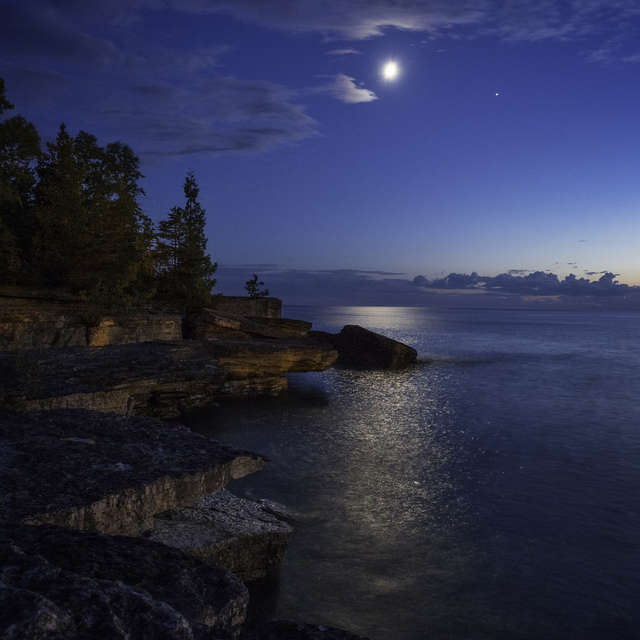Trying to capture the moon has many similarities with photographing wildlife. The moon is elusive, hard to pin down, weather dependent and as with many species, you never quite know what is going to happen despite your best planning.
My main tip is to not photograph the moon at all! What I mean is that with any half-way decent telephoto, a shot of the moon by itself, or with hand-held hi-res, while giving detail, is not that exciting, nor challenging, and there are plenty of close-ups of the moon out there already. I am far more interested in showing how the moon fits into place, often as part of a context, a landscape, the background to a story.
With photos that have iconic structures, buildings, rock formations and wildlife as a foreground, such photos can then aspire to beauty and as photographers you can then try and achieve something fresh and original without resorting to unnatural looking composite images.
Handheld Hi-Res is an awesome tool – this was a wood I captured in my village. Always remember to expose for the moon, so that highlight detail is not blown out. Here, I had plenty of dynamic range to lift the shadows and reveal all that autumn colour.
Planning is key to photographing the moon
My first tip is to capture it a couple of days before full. What this gives you is a moon that looks nearly full but it will rise early enough for there still to be some light on the landscape. Also – think very carefully about what you want the moon to rise behind or above. Think about city-scapes near you, or important landscape features, rocks, mountains, churches, bridges, tall industrial structures.
To plan when and where the moon will rise you will need apps like Photopills and The Photographer's Ephemeris 3D - these require real study to work out where you can be at the right time and place for the moon to rise exactly where you want. In this case, this was Manstone Rock in Shropshire, UK with the OM-1 and M.Zuiko 150-400mm, handheld. This is not a composite, but a single raw file to show that hard work pays off!
Respond quickly to changing circumstances
For this next image I was on the Long Mynd in Shropshire, UK. Luckily I had the fabulous M.Zuiko 40-150mm F2.8 with me as I knew the moon was about to rise, but I could also see some of the wild ponies that live in this upland and wanted to have the moon as part of the story. The lightness of my OM set-up meant I could run around to line up the moon and ponies. My advice is to respond quickly to changing circumstances – if you see an opportunity, go for it. I ran superfast to line up both ponies and moon: I kept shooting in bursts and not worrying about ISO 2000 on my E-M1X. I sent this off to my press agency and it all came together: this was a harvest moon, and the mare nuzzling her partner was pregnant, so it headlined in the Daily Mail with “Foal Moon”!
Industrial structures can present a real opportunity
Industrial structures can present a real opportunity, a chance to place man-made towers in your image - in this case, a phone/radar mast on Clee Hill – as foreground to the moon. Research industrial, or architectural structures or buildings that will look incredible with the moon rising behind – again planning is key.
Keep checking the weather report
Keep checking the weather report - clear skies are essential but if it says mixed cloud and clear it is worth risking a trip out as sometimes the moon might show just for a few seconds and if you are ready, you might get the shot.
Expect and respond to the unexpected
Often, due to atmospheric distortion, as the moon rises it can be strangely shaped and also very colourful - this colour and wavy outline changes to a sharper, cleaner and colder-coloured view as the moon gets higher in the sky. On this occasion I had driven up to the Long Mynd at the last minute and knew there would be no interesting foreground, so just went for a portrait with my M.Zuiko 300mm and MC-20. I could see the moon was very red, but it wasn’t until I showed the pics to my wife when she said 'it looks like Pac-Man!'– and suddenly, my press agency had the perfect story to send out. So another tip: never delete your shots until you have looked over them again or got a second opinion.
Show near and far in the same picture
The ultimate challenge for me as a photographer is to show near and far in the same picture: OM’s telephoto lenses have incredible minimum focus distance which means that potentially, with hard work, you can capture macro insects and moon in the same shot. Work out where insects roost and settle down for the night – ideally high on a reed or grasses, or flowers so that you can lie down and match up the insect with the rising moon. When I got this marbled white butterfly against the moon, it was one of the highlights of my photo career and it ended up in my latest book, Butterfly Safari.
I love the close focus ability of OM telephoto lenses and by lying down in front of this roosting black darter dragonfly on the Long Mynd, Shropshire, I was able to line up rising moon and sleeping insect. As the moon is so bright, try focus peaking to keep the insect in focus. Highly Commended in British Wildlife Photography Awards.
Finally, I would say there are no short-cuts to this type of work, and trying to achieve similar results with composites makes no sense. My ethics as a photographer are to show what I saw at a moment in time and so my final tip is to dare to be different, to think what stories you can tell about the moon in all its phases, and how you can bring something new to the table. Experiment, try different ideas, get frustrated, fail, keep working at it and don't give up – and eventually you will create work that you and others will be happy with.
